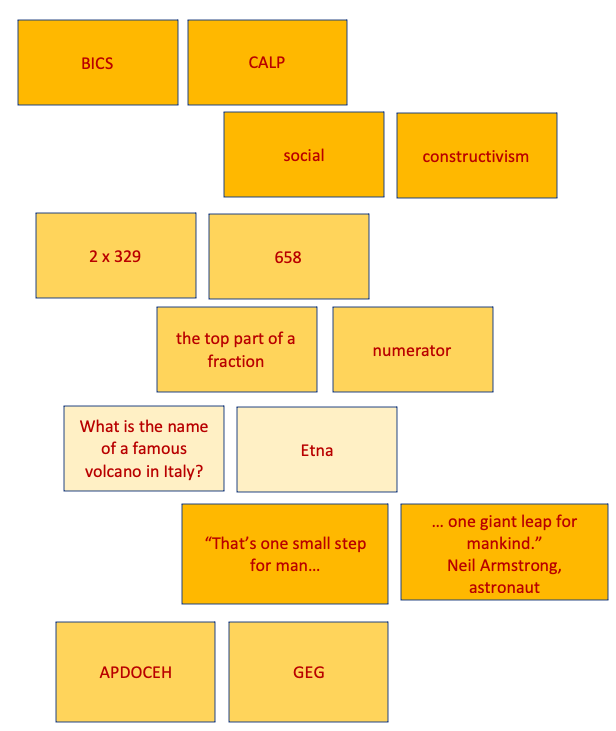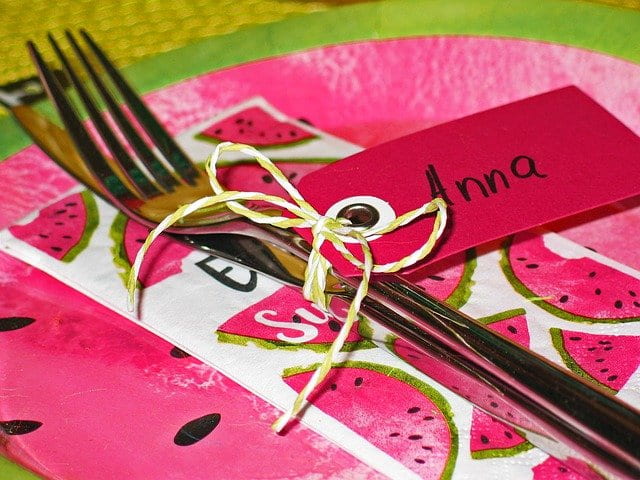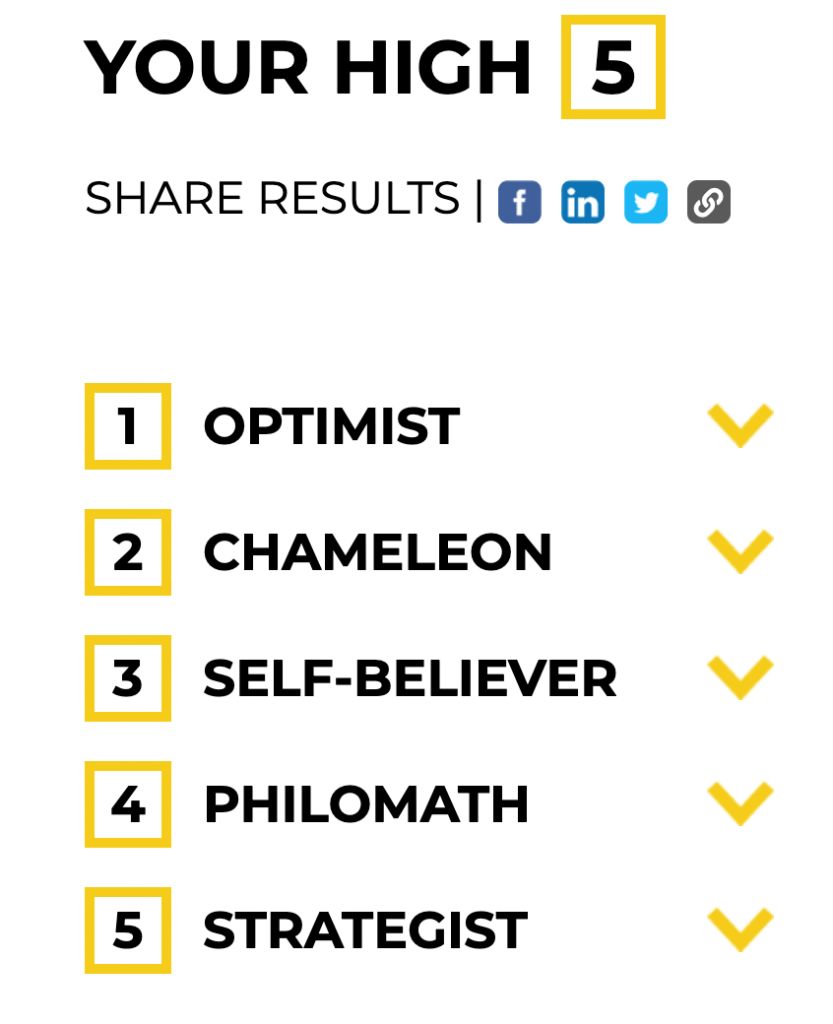Welcome to Talking CLIL # 5! Let’s hope that this year is more restful and less disruptive for you and your students or trainees than the past one. My first newsletter of this (northern hemisphere) school year is about dividing your class into groups. Enjoy!
Stoppressstoppressstoppress: CLIL online summit 4-8 October 2021
The second CLIL Online Summit will take place all over the world between 4 and 8 October: last year there were over 2500 participants. It’s free, but you can purchase an all-access pass to receive more goodies. I’m giving an hour’s workshop on Writing in CLIL on Wednesday 6 October at 15:00. To join, just click here or on the banner below!

In this newsletter:
- Ways of dividing groups
- Random groups
- Grouping for CLIL training
- Group dividers for a longer course
- Networking: CLIL events and news

Ways of dividing groups: let me count the ways…
In CLIL lessons or courses, organizing students or teachers into pairs or groups will promote and encourage speaking. Students tend to sit together and at the same place from the start of the school year. And teachers do exactly the same! But if they don’t move from that place in the classroom, they might end up always talking to the same person or small group of people around them, or to people who are more or less advanced in terms of content or language.
When training teachers, I enjoy mixing my participants up continually: it adds an element of surprise and I believe produces more effective work. After a coffee break, for example, a group will return to a classroom where their name board has moved to a new group and table. Or I create different coloured name boards in advance. And on the name boards, I write not only names and school subjects: I add different symbols or numbers and use the colours in different ways so that teachers end up working with – and speaking to – most of their colleagues by the end of the day. Not only does this allow everyone to work with many different colleagues or class members, but it livens up the atmosphere, too.

Random groups: useful for teachers and trainers
This list of ways of dividing up groups is the result of a brainstorm with my CLIL train-the-trainers group 2020-2021.
- Alphabetically, by first or last names.
- Randomizers, such as Popsiclesticks (Apple), other randomizers (Android) or online.
- Make index cards with (a) key words that belong together (collocations), or (b) words that match with definitions or (c) questions and answers or (d) famous quotes or (e) scrambled words. Learners find their partner for pair work. You can find some examples here on the right.
- Line up (according to height, shoe size, birth month, house number, etc.). Pair off from the ends (tallest with shortest, etc) or number off from left to right.

- Playing cards: make groups with a quartet of the same suit (hearts, clubs, spades, diamonds) or same card values together (Aces, Kings, Queens, 10s, 4s, etc.) or by odd numbers and even numbers.
- Common factors like birthday months or star signs together.
- Coloured dots on handouts. Good for information gap activities.
- Sweets in a bag: take a sweet and find your partner with the same one.
- Jigsaw: find someone or a group you connect with by making a small puzzle.
Image: Gerd Altmann, Pixabay

Grouping for CLIL training
Depending on the aim of your group work and how well you know your participants, you can tailor your groupings to your training task.
- By common factors: subject or department (sciences together, history and geography together, etc.), classes taught, learning preferences (visual, auditory or kinaesthetic, for example, or strongest multiple intelligence).
- Some experienced teachers with inexperienced or experienced together and less experienced together.
- Mix the theoretical subjects / mix the practical subjects.
- Based on issues the participants would like to work on or that they are sharing.
- Random groups but include an English teacher in each group.
Image: truthseeker08, PIxabay

- Include in each group one motivated, enthusiastic participant and one less motivated or less enthusiastic participant.
- Place name cards, Post-Its or name badges on desks as participants come in.
- Hands up (this one is not corona-proof!).Trainer holds their two hands out wide. Every participant grabs a hold of one finger. Afterwards you combine the thumbs, the index fingers, the middle fingers, the ring fingers and the little fingers to create pairs.
- Participants group themselves: ask them to work with colleagues they don’t know so well yet, or don’t work with often or want to get to know better.
Image Gerd Altmann, Pixabay

Group dividers for several swaps during a longer course
These group dividers might need more work and preparation but are fun and effective! They are cool ideas for a longer, perhaps residential course.
- Keyrings. For each partipant, provide a keyring with different keys and gadgets; the keys have markings, colours, letters and/or symbols. During the course, divide the group up according to colour or symbols or gadgets. It helps if you know someone working in a key shop!

Identity cards. Similar to Keyrings above but with cards. Each participant receives a card that includes their name and also a lot of “secret group dividers”: numbers, perforations, missing an angle, missing two angles, colours, animals, nationalities, characteristics. Divide up the group during the course according to different group dividers.
Image Kerstin Riemer, Pixabay

High five test. Participants do an online test such as the “High5test” which results in their five qualities or strengths or the “Color Personality Test”. Create groups with similar or different strengths or colours.

- Sociogram. Once a group knows each other a bit, you can ask participants to indicate two or three people they would like to work with and one person they prefer not to work with. Draw a sociogram of the group (by hand or online) so you can divide groups appropriately. Here is an example of how to create a sociogram.

Here is a (fictitious) sociogram, created online. The key on the left-hand corner shows something about the relationships in the group.
Thanks for reading. I hope you now have enough ideas to divide up your CLIL groups for a year!
Networking: CLIL events and news

- The second CLIL online summit will happen from 4-8 October 2021. The organizer, Patrick de Boer, of CLIL media, has got together a professional line-up of world-famous and effective CLIL speakers, all offering their services for free! Last year there were over 2500 attendees! OK, I’m in there too with an interactive workshop on Encouraging Speaking in CLIL (Wednesday 6 October, 15:00 CEST), but don’t miss out on the rest! Full disclosure: if you sign up via this link for an all-access pass, I will receive a small remuneration.
- Very last minute: the Goese Lyceum in Goes (the Netherlands) is very kindly hosting my 10th CLIL coaching course from 14 October 2021. More information and an online application form here on my website. For those of you living in the south of the Netherlands or in northern Belgium. Three full days plus a personal coaching session.
- Contact me here for more information about personal online CLIL coaching or (online) courses for groups.
- World CLIL Conference: Sharing Classrooms, Sharing Worlds will take place from 7-8 July 2022 in the Hague Sign up for the mailing list about the conference here.
- For those of you who haven’t yet got it, you can download a free pdf of my book CLIL Skills (co-euthors Liz Dale and Wibo van der Es) from my homepage.


